
Transparent performance of MSC as for attention to local market
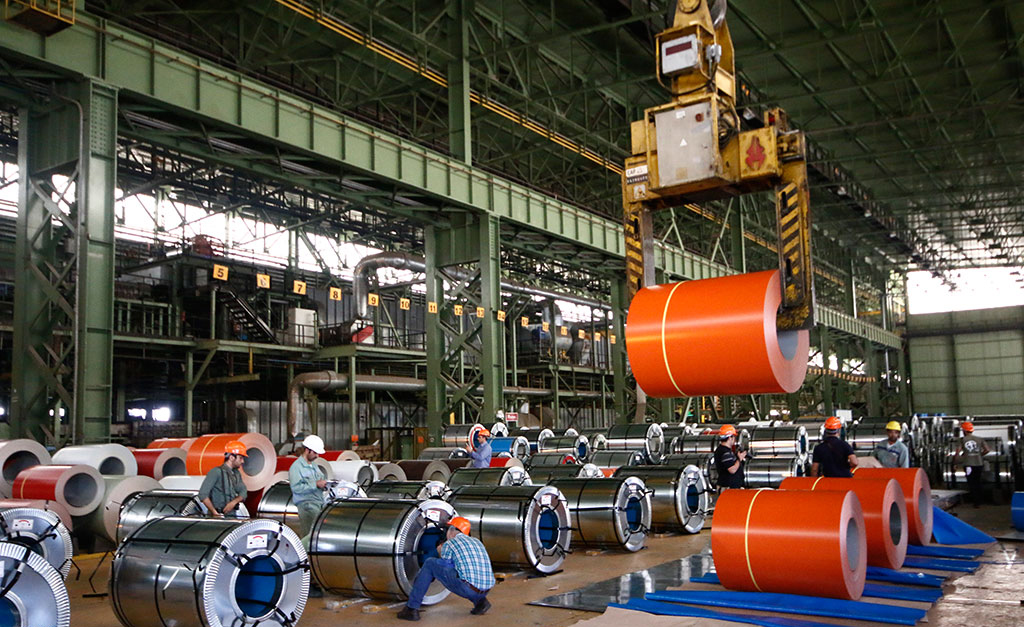
Given the expansion projects of the steel industry as part of a 2025 Outlook, MSC regards continued presence on export markets as a must.
Ever since its launch, Mobarakeh Steel Company has sold more than 91 million tons of products, 19 percent of which has found its way into global markets. The revenues the company has earned from exports have propelled expansion projects, raising the steel behemoth’s output from 2.4 million tons to 10.3 million tons.
In light of the policies and support of the esteemed government, the amount of steel products MSC sent to the local market in the 12months to March 20, 2017 posted 42 percent growth over the year before. In the first half of the current year, too, the volume was 34percent up in comparison with the corresponding period last year. Despite an improvement in the business environment and a rise in consumption, as a result of this effective measure by MSC, steel sheet imports fell from 3.7 million tons in the 12 months to March 20, 2016to 2.8 million tons a year later. The rise in supply of steel products to the local market by MSC and other steelmakers is predicted to see imports register an additional 40 percent decrease this year [ends March 20, 2018]. This shows that the steel industry policies are geared toward shoring up the Resistance-based Economy.
Following the release of a number of reports on Iran’s steel exports, we decided to crunch the figures released by the Customs Administration and see if the numbers add up. In most of these reports, the author(s) claimed the figures declared to the Customs Administration were wrong. And to substantiate their claims, they compared the data of the Iranian Customs Administration with the data provided by the customs offices of other countries. Whether or not the information these analyses rely on is accurate, one should keep in mind that sales of steel sheets come on the back of orders.
In light of the fact that there is a 3-4 month gap between the time an order is placed and actual delivery at destination and there are large fluctuations on global markets, comparing the price of the data-x-items at the time of delivery with current prices is wrong and diversionary. For instance, in late 2015, orders were placed for a huge volume of products Iranian steelmakers were producing, the actual delivery in 2016came when there was a leap in global prices.
Besides, although the figures released by the Customs Administration feature a breakdown based on the thickness of products, they say nothing about the price difference of different grades of hot coils. It comes as the difference in such prices could be as high as $100 per ton for hot products. So companies and countries that offer special grade products have a higher registered price at the customs.
That means, the best way to compare prices between different countries is to consider the basic price of similar products during a certain period of time. The following chart, which features information from Metal Export, compares the prices of Iran’s hot coils in 2016 with those of other major exporters such as China, Russia, and Ukraine.

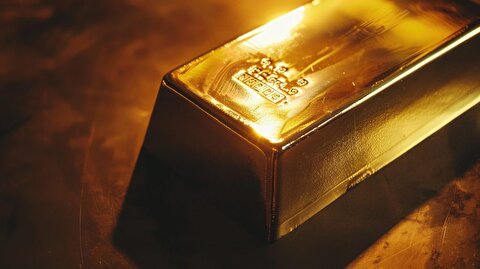
Gold price inches higher with spotlight on US-China trade talks
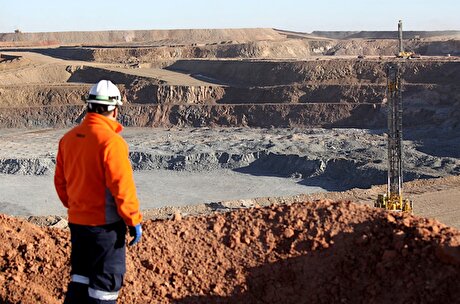
Rio Tinto faces major engineering change at Oyu Tolgoi
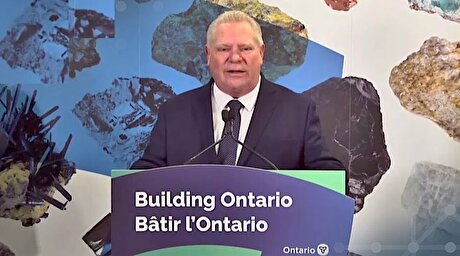
Ontario fast-tracks controversial mining law

Trump confirms rare earth deal with China
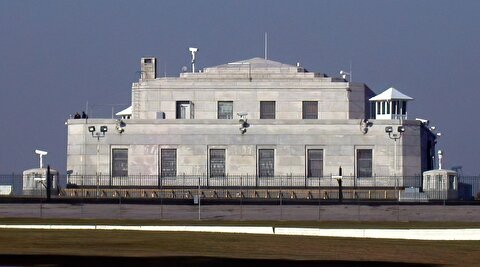
US lawmakers push for comprehensive audit of Fort Knox gold

Petra Diamonds rethinks sales tactics as market slump drags on

Talon Metals plummets as it prices financing at discount to fund nickel project
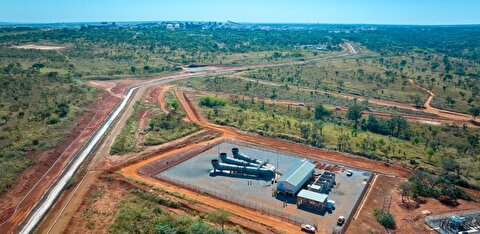
Ivanhoe slashes 2025 copper guidance by 28% following DRC mine restart

Platinum price surges to highest in four years as market tightens
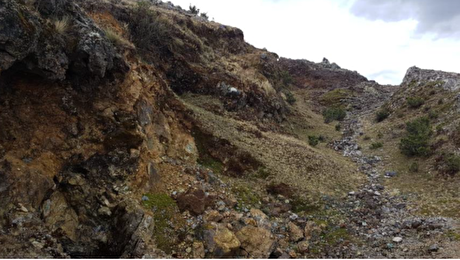
Condor-Teck copper project in Peru receives environmental approval

KORITE acquisition in Alberta creates world’s only mine-to-market ammolite producer

Gold price extends rally following Israeli attack on Iran
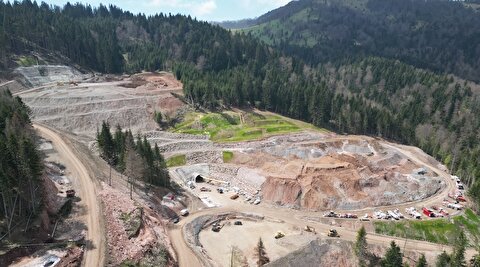
Dundee Precious Metals to buy Adriatic in $1.25B deal
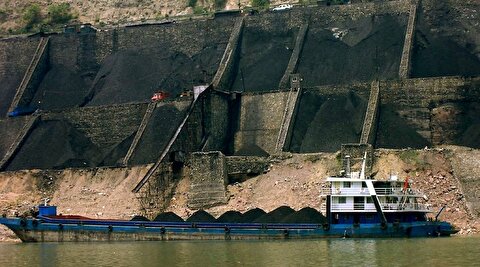
Perseus forecasts 2.7 million oz. gold production over five years
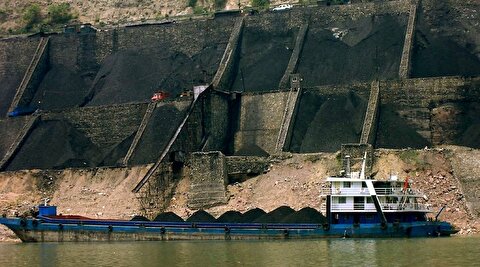
China coal imports could drop by up to 100mt in 2025, industry group says

Rare earth startups eye slice of $1 billion bounty from Brazil
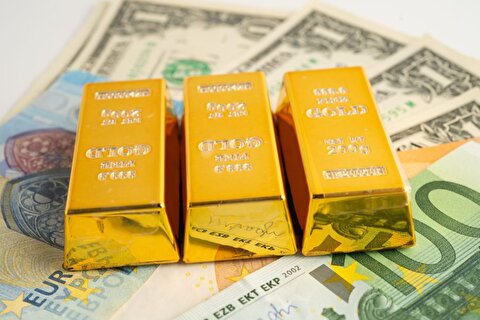
Gold surpasses euro as second-largest reserve asset: European Central Bank

Glencore halted some cobalt deliveries over Congo export ban

Resolution stakes claim in US critical minerals market

KORITE acquisition in Alberta creates world’s only mine-to-market ammolite producer

Gold price extends rally following Israeli attack on Iran

Perseus forecasts 2.7 million oz. gold production over five years

China coal imports could drop by up to 100mt in 2025, industry group says

Rare earth startups eye slice of $1 billion bounty from Brazil

Gold surpasses euro as second-largest reserve asset: European Central Bank

Glencore halted some cobalt deliveries over Congo export ban

Resolution stakes claim in US critical minerals market

Ivanhoe slashes 2025 copper guidance by 28% following DRC mine restart












